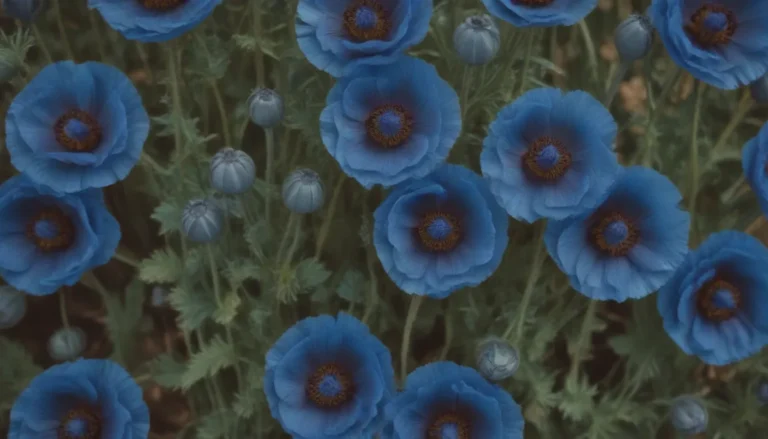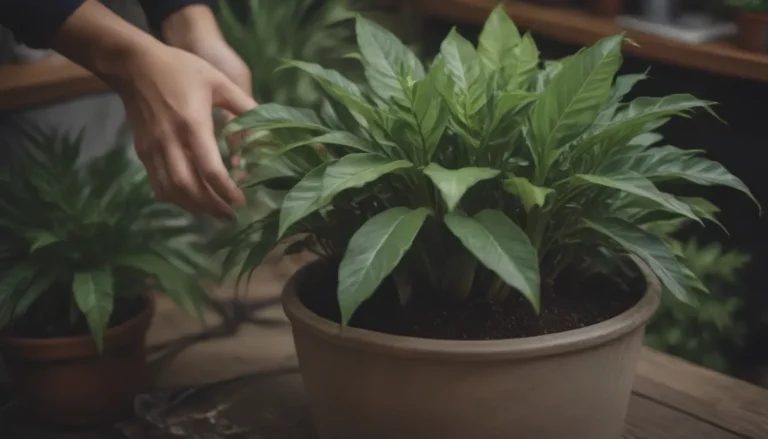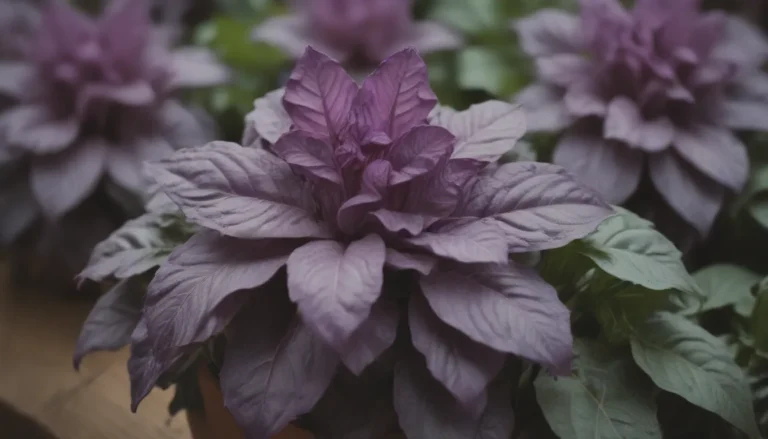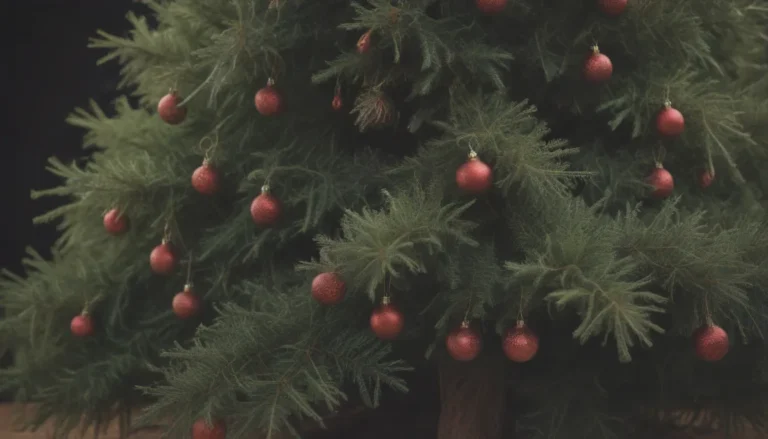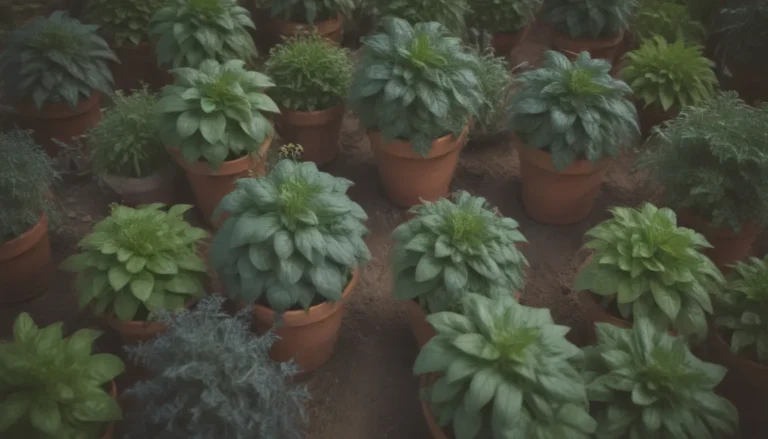Ultimate Winter Pansy Care Guide: Everything You Need to Know to Grow This Cold-Hardy Flower
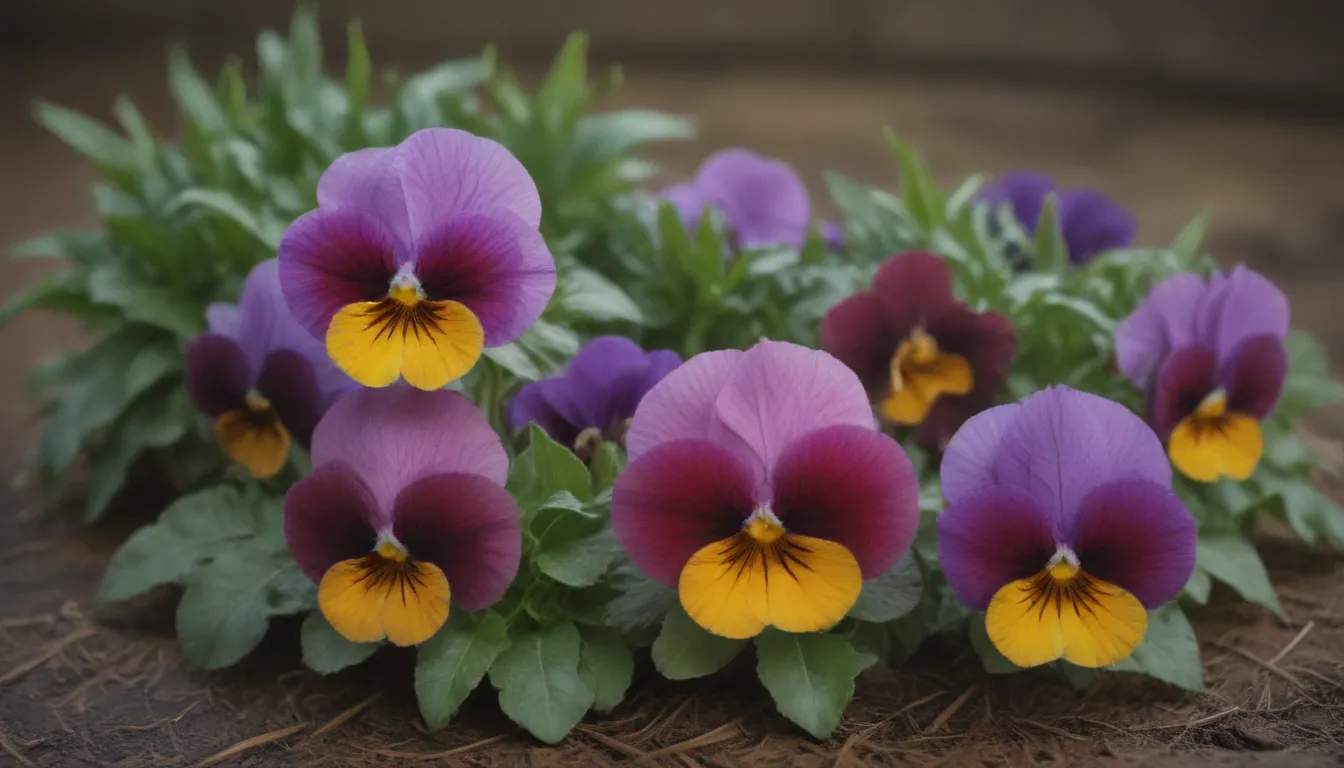
Welcome, fellow gardeners! As the autumn colors fade and the seasonal plantings die back, it’s time to think about bringing life back into your garden landscape. But why wait until next spring when you can enjoy some cheerful colors throughout the off-season with winter pansies? In this comprehensive guide, we will delve into everything you need to know to successfully grow and care for winter pansies.
Introducing Winter Pansies
Winter pansies, scientifically known as Viola hiemalis, are the most cold-hardy members of the Violaceae family. These beautiful flowers grace the garden from autumn through spring, offering a broad variety of colors and bi-colors with the classic blotch markings common to pansy flowers. While slightly smaller than other pansy types, winter pansies are ideal for cool weather conditions and can withstand freezing temperatures and even snow cover.
Why Winter Pansies?
Winter pansies are not only a beautiful addition to your garden but also provide color and life during the cooler months when most plants are dormant. By following the right care practices, you can enjoy a vibrant display of flowers throughout the off-season.
Planting Winter Pansies
To get started with growing winter pansies in your garden, consider the following tips for planting:
In-Ground Planting
- Wait until late September or October when daytime temperatures have cooled to around 60°F to set out your winter pansies.
- Plant them 7 to 12 inches apart in moist, well-draining soil.
- Amend garden soil with aged compost or use standard potting soil for container-grown plants.
- Choose a container that is 12 inches in diameter for easy relocation as temperatures heat up in spring.
Winter Pansy Care Tips
Giving your winter pansies the right care and attention is key to ensuring they thrive throughout the season. Here are some essential care tips for your winter pansies:
Light
- Winter pansies need about 6 hours of direct sunlight daily.
- In autumn and spring, consider a location that receives morning sun and afternoon shade for optimal growth.
- While they can grow in part shade, full sun exposure will promote more abundant and vibrant blooms.
Soil
- Winter pansies thrive in moist, humus-rich loam that drains well.
- Ensure the soil has an acidic pH between 4.8 and 5.8 by making necessary adjustments before planting.
Water
- Regular watering is crucial to keep the soil consistently moist for winter pansies.
- Check the moisture levels regularly, especially in areas with low rainfall or snowfall.
- Container plants may require more frequent watering compared to in-ground plants.
Temperature and Humidity
- Winter pansies prefer temperatures between 40°F and 60°F.
- They can withstand freezing temperatures as low as 25°F, but may appear wilted until they receive sufficient sun exposure.
- In areas with extended periods of freezing weather, consider adding a layer of pine straw mulch for protection.
Fertilizer
- Feed your winter pansies every two to three weeks with an all-purpose fertilizer high in phosphorous.
- Avoid high nitrogen fertilizers that promote foliage growth over flowering.
- Potted plants can be fertilized every two weeks, while bedding plants should be fed monthly.
Types of Pansies Best for Winter
When selecting winter-hardy pansies for your garden, consider some popular varieties known for their cold tolerance and vibrant colors:
- Viola cornuta ‘Admire Cream’
- Viola cornuta ‘King Henry’
- Viola cornuta ‘Penny’ series
- Viola cornuta ‘XP’ series
- Viola x Wittrockiana ‘Matrix’ Series
Pruning Tips for Winter Pansies
To keep your winter pansies blooming throughout the season, remember to deadhead spent blooms regularly. Simply pinch off faded flowers with your fingers or use pruners to remove them at the base.
Potting and Repotting Winter Pansies
Growing winter pansies in containers is a convenient way to maintain them during the colder months. Follow these steps for successful potting and repotting:
- Choose a container with drainage holes and fill it with good quality potting soil.
- Winter pansies are typically grown as annuals but may rebound in autumn for up to three years if cared for properly.
- Repotting is not necessary as long as plants are given the right care.
Common Pests and Plant Diseases
Although winter pansies are less susceptible to pests and diseases compared to other plants, it’s important to watch out for common issues such as aphids, whitefly, and powdery mildew. Apply insecticidal soap for pests and ensure proper watering to prevent diseases.
Encouraging Blooms in Winter Pansies
To promote continuous blooming in your winter pansies, follow these tips:
- Regularly deadhead faded flowers to encourage new blooms.
- Keep the soil consistently moist and feed your plants with a balanced liquid fertilizer.
- Provide afternoon shade for potted plants as temperatures rise.
Caring for Winter Pansies After Blooming
While winter pansies are often grown as seasonal plants, you can extend their life by cutting them back to the crown and applying a layer of mulch during the summer months. This may help them rebound for another season.
Common Problems and Solutions
If you encounter issues such as yellow or stunted leaves, or lack of flowers in your winter pansies, consider adjusting the soil pH, ensuring proper maintenance practices, and providing adequate sunlight and water. By addressing these problems, you can help your plants thrive throughout the season.
In conclusion, winter pansies are a delightful addition to any garden, offering colorful blooms and resilience during the colder months. By following the tips and guidelines outlined in this comprehensive guide, you can ensure your winter pansies thrive and bring joy to your garden landscape throughout the off-season. Happy gardening!
